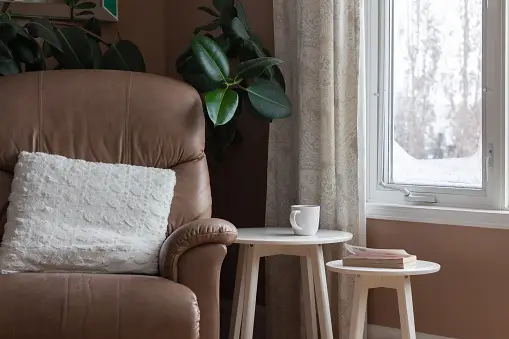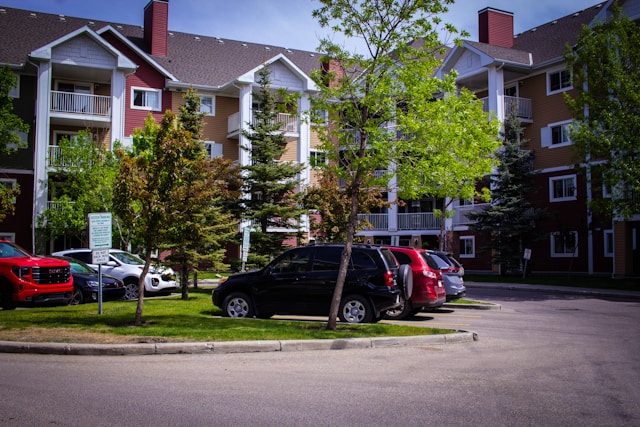As the days grow shorter and the chill sets in, it’s crucial to consider winterizing your home for the upcoming cold months. Proper property maintenance and winter preparation are not just about ensuring comfort and energy efficiency but also about preserving your home’s structural integrity. In this detailed guide, we’ll delve into methods to fortify your property’s interior and exterior against severe winter conditions.
Exterior Preparations:
- Inspect Your Roof: Start by checking your roof for any loose or damaged shingles. Repair or replace them as needed to prevent leaks during heavy snowfall.
- Clean Gutters and Downspouts: Remove leaves, debris, and any blockages from your gutters and downspouts to ensure proper drainage. This prevents ice dams from forming.
- Trim Trees and Branches: Trim overhanging branches that could break under the weight of snow or ice and potentially damage your home or power lines.
- Seal Cracks and Gaps: Inspect the exterior of your home for cracks and gaps around doors, windows, and foundation walls. Use caulk or weatherstripping to seal them, preventing drafts and heat loss.
- Drain Outdoor Faucets and Hoses: Disconnect and drain garden hoses, and shut off outdoor faucets from the inside to prevent frozen pipes.
- Insulate Pipes: Insulate exposed water pipes in unheated areas like the basement or crawl spaces to prevent freezing.
- Check the Chimney: If you have a wood-burning fireplace, have your chimney cleaned and inspected to ensure it’s safe and efficient.
Interior Preparations:
- Service Your Heating System: Schedule a professional HVAC service to clean and inspect your heating system. Change the air filter regularly throughout the winter months.
- Check Smoke and Carbon Monoxide Detectors: Ensure that all smoke and carbon monoxide detectors are in working order, replacing batteries if necessary.
- Seal Windows and Doors: Use weatherstripping or draft stoppers to seal gaps around windows and doors to keep warm air in and cold air out.
- Reverse Ceiling Fans: Run ceiling fans in reverse mode to circulate warm air downward, improving heating efficiency.
- Insulate the Attic: Add or replace attic insulation to prevent heat loss through the roof. Proper attic insulation can significantly reduce energy costs.
- Test Sump Pumps: If you have a basement, test your sump pump to ensure it’s functioning correctly to prevent water damage from melting snow.
- Prepare an Emergency Kit: Assemble an emergency kit with essential supplies like blankets, flashlights, batteries, non-perishable food, and a first-aid kit in case of power outages.
- Protect Your Flooring: Place mats at entrances to prevent snow and salt from damaging your floors. Encourage family members and guests to remove their shoes.
General Tips:
- Winterize Landscaping: Trim back plants and bushes and cover delicate plants to protect them from freezing temperatures.
- Drain Sprinkler Systems: If you have an irrigation system, ensure it’s drained to prevent freezing and damage to pipes.
- Snow Removal Equipment: Invest in a snow blower or ensure your shovels, snow brushes, and ice melt are readily available for quick snow removal.
- Emergency Contacts: Keep a list of emergency contacts, including a plumber, electrician, and heating contractor, handy in case of unforeseen issues.
By taking the time to winterize your home inside and out, you can ensure a cozy, safe, and energy-efficient winter season. Proper preparations not only protect your property but also provide peace of mind during the challenging months ahead. Remember that prevention is key, and a little effort now can save you time and money in the long run. Stay warm and enjoy the winter season in your well-prepared home!





